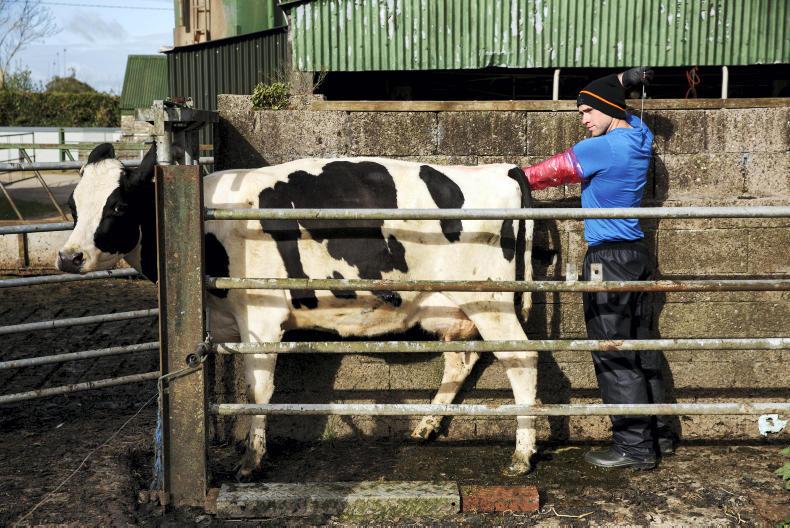Feed
The situation with feed isn’t getting any better. It seems to be that dry days are cold, with little growth and warmer days are wet, when grazing is difficult. As a result, farmers are struggling to get cows out grazing and silage stocks are depleting by the day. On the bright side, we are now in mid-March and as daylight hours continue to increase, grass growth will come and land will dry out faster. There is no easy solution in the short term though. Farmers who are very low in silage but have high covers of grass will need to get some stock out. Milking cows are nearly easiest to manage. If damage is going to be done, do it in a field that is earmarked for reseeding anyway. But try to limit damage by grazing the driest fields for two or three hours at a time, back-fencing and only allocating enough grass for that grazing. I know some farmers are feeding very high levels of meal to try and conserve silage stocks. Be very careful to avoid acidosis and other stomach problems when feeding a lot of meal. It’s proving to be an expensive spring, but the weather will improve and things will come right.
Breeding
This week’s focus is on spring AI. The current active bull list is published on page 52, detailing the 75 top EBI bulls with a calving proof available. The next release will have calving and fertility proofs from this February, but the overall ranking won’t change much. Once again, the emphasis is on picking teams of bulls. Most of the AI companies are now selling bulls in teams, which is good to see. The idea is that while some bulls may drop in EBI, the EBI of the team will hold true. Using multiple bulls will protect the herd from overexposure to just one bull and still make sure that maximum gains in EBI are being maintained. If bulls have not yet been chosen for this season, take some time over the next week or 10 days to do so, as demand for some bulls will be high. At a minimum, farmers should be picking seven AI bulls. The new sire advice programme on Herdplus will help to better match bulls to cows.
Animal health
Herds that vaccinate for BVD and lepto should be vaccinating over the next few weeks. Maiden heifers will need a booster shot so most farmers will give the first shot a few weeks before the rest of the herd is done. On calf health, farmers who have had a problem with coccidiosis in the past need to be looking at ways of preventing it this year. Most farmers use oral drenches. But some of these are only licensed for dairy calves up to 80kg. The oral drenches cost between €3 and €4 per calf.
Another option is to put Decox medication in the calf feed. Not all feed merchants do this as it requires extra paperwork and a prescription from your vet. It should work out a good bit cheaper than the other methods at about €1/calf for 28 days cover, and as calves will be eating meal for most of the risk period for coccidiosis it ensures that they are covered. Keeping calf sheds clean and moving meal troughs regularly when outside will help to reduce the risk of spread also.






 This is a subscriber-only article
This is a subscriber-only article









SHARING OPTIONS: